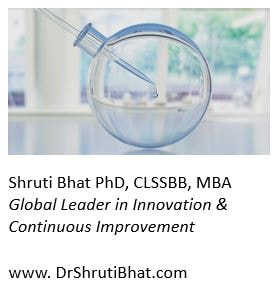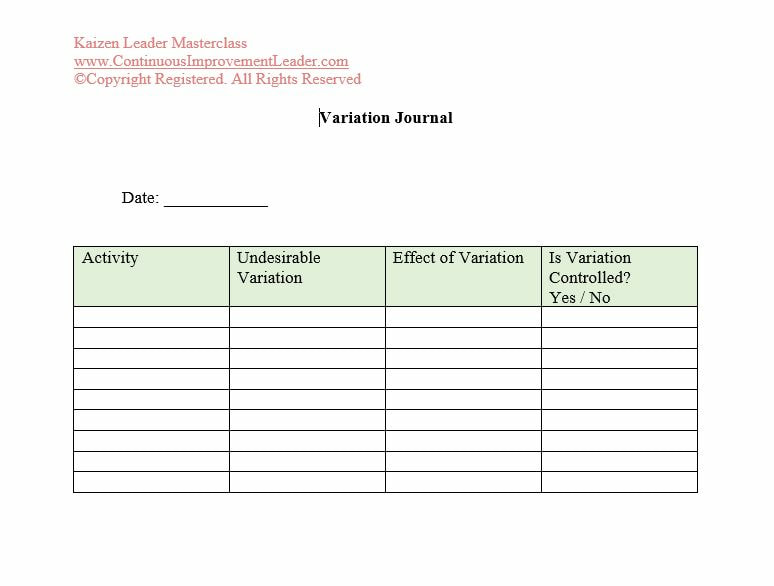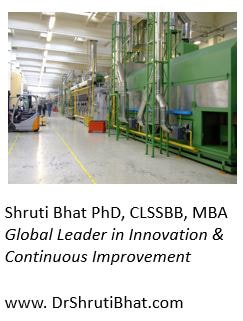Developing products fast in order to launch them faster (than competitors) in markets requires more than just skilled R&D talent pool. Today, R&D's productivity in addition to research skills, is based on the process efficiency of the R&D department. There are over a dozen R&D process improvement methodologies which are time-tested and offer very good returns. One such well-known R&D process efficiency improvement methodology is Scrum.
- Top Ten Strategic Decision-Making Tools for Operational Excellence.
- 18 Proven Methodologies to Maximize Organizational Effectiveness, Efficiency and Profitability.
Scrum approach reduces non-productive work and spreads testing throughout the development process. It allows teams to experiment and fail quickly, which reduces cost and time to market. In addition, Scrum enables a team to respond quickly to changes in the business and avoid scope creep.
A Scrum taskforce is composed of three key roles: a Scrum Master, a Product Owner, and a Team. The Scrum Master is responsible for facilitating meetings and ensuring that the development process proceeds efficiently. As the Product Owner, he/she defines the backlog and is the most senior member of the taskforce. While, the Team consists of the Scrum team members.
The goal of Scrum methodology is to deliver 'value' to the customer.
This means that teams create a functional, user-friendly piece of product every few weeks, known as an increment. Feedback from each increment helps the team decide what to do next. By delivering value frequently, Scrum encourages transparency and collective responsibility. Having said so, note that Scrum differs from Agile in several ways. While Agile emphasizes daily interaction between developers and business users, Scrum emphasizes a collaborative approach to project development. In case you wish to learn more about the difference between Agile and Scrum, feel free to checkout my below-mentioned posts:
- Accelerate business growth with Agile- Part 1
- Accelerate business growth with Agile Part 2: Top 10 Frequently Asked Questions on Agile.
In Scrum, developers and business owners work together to deliver products at a rapid rate. This process consists of several phases: planning, daily standup meetings, spring demonstration of the work product, and retrospectives to understand what went well and what needs improvement.
In Scrum, the team works under the guidance of a Scrum Master, a person who serves as a coach for the team. A Scrum Master facilitates collaboration and helps the team perform at its maximum level. The Scrum Master also protects the team from unnecessary distractions and allows the team to focus on the sprint goal.
Tip: The Scrum Master differs from a traditional project manager, however, in that a Scrum Master does not assign tasks or provide day-to-day direction.
The Scrum Master also serves as a cheerleader for the team and ensures that the Scrum methodology is properly followed. Scrum teams are characterized by high morale, and each sprint produces a product ready for market. In fact, Scrum-driven projects bring-on faster operational excellence.
The Scrum framework is an iterative process that requires teams to constantly review their progress and identify obstacles to progress. The Product Owner has responsibility for what the team builds. He/she keeps a backlog of work organized in priority order.
The Scrum process involves a series of iterations, each cycle lasting no longer than a week. In each cycle, the team iterates in order to deliver a new feature. These cycles are timeboxed and are generally completed within a month. Which means first returns on investment for R&D productivity improvement via Scrum could come in around 30 days. However, do make sure to continue with Scrum cycles iteration to your R&D processes in order to keep the ROI rolling-in.
Related Reading:
- How to cut costs strategically using Kaizen
- Streamline processes and workflows with Gemba Walk.
- Top Ten Strategic Decision-Making Tools for Operational Excellence
Follow Shruti on Twitter, YouTube, LinkedIn
Categories: Productivity Increase | Operations | Process Improvement
Keywords and Tags:
#operationalexcellence #processimprovement #scrum #agile #productdevelopment #scrumprojectmanagement #scrummaster #scrumteam #researchanddevelopmentproductivityimprovement

























